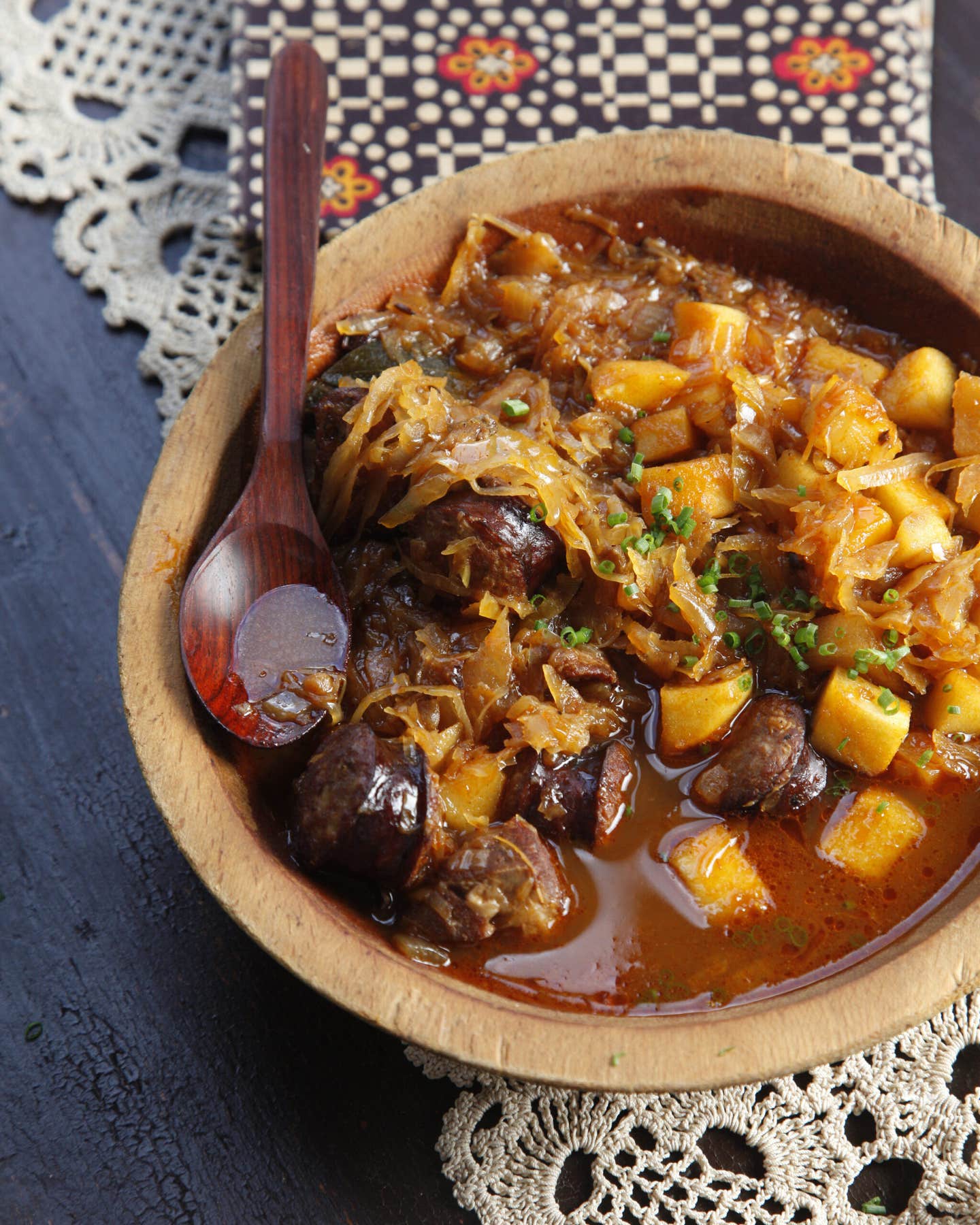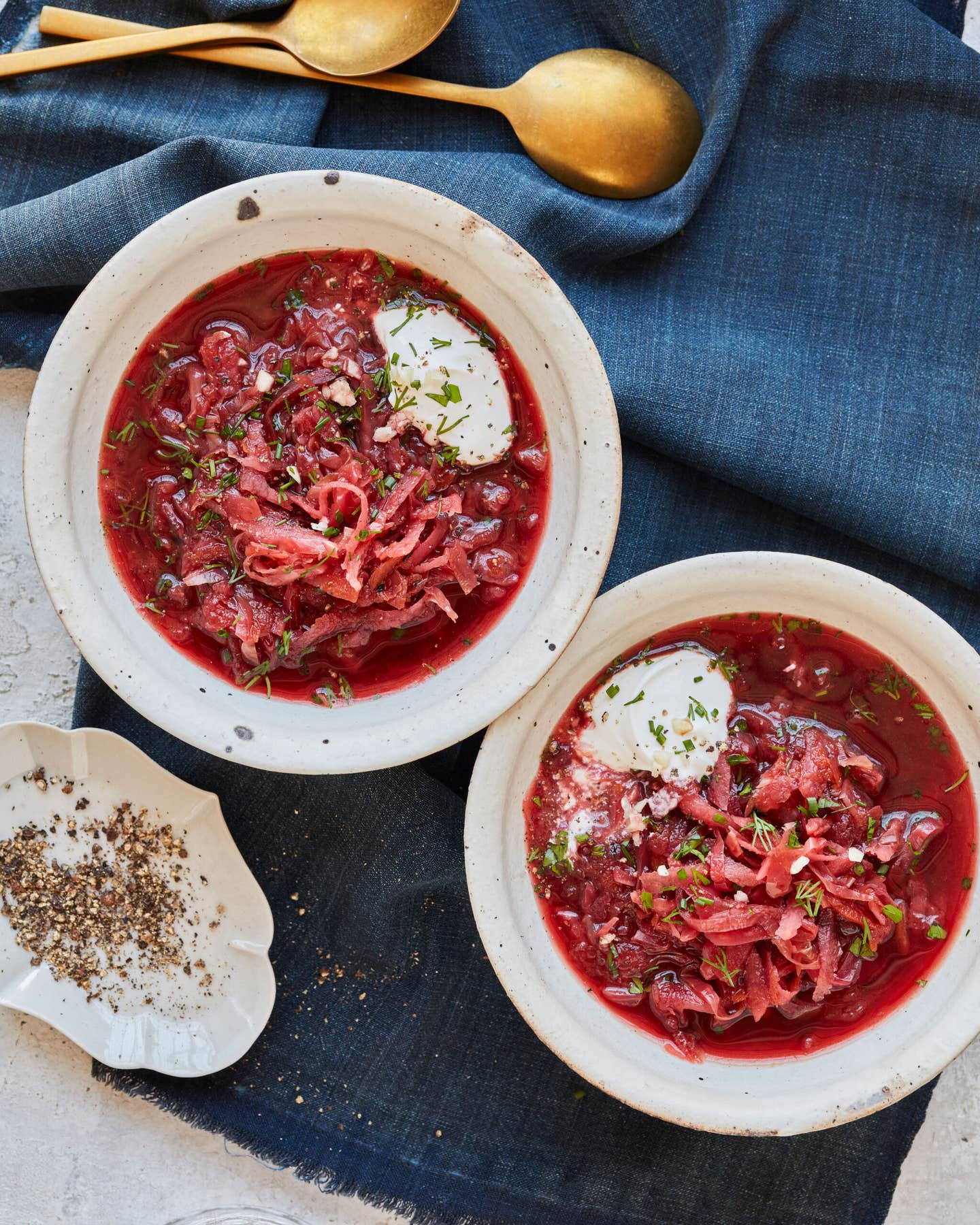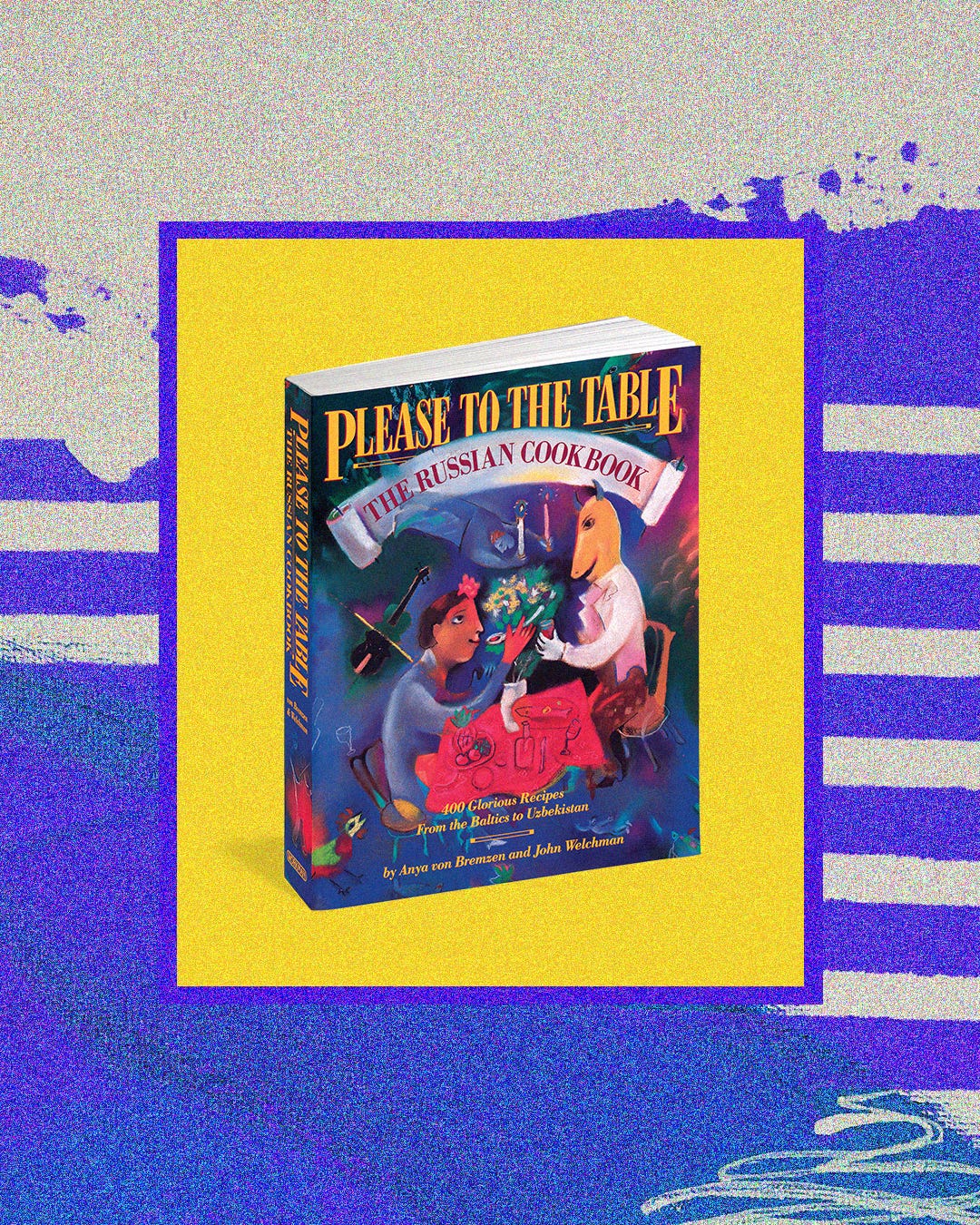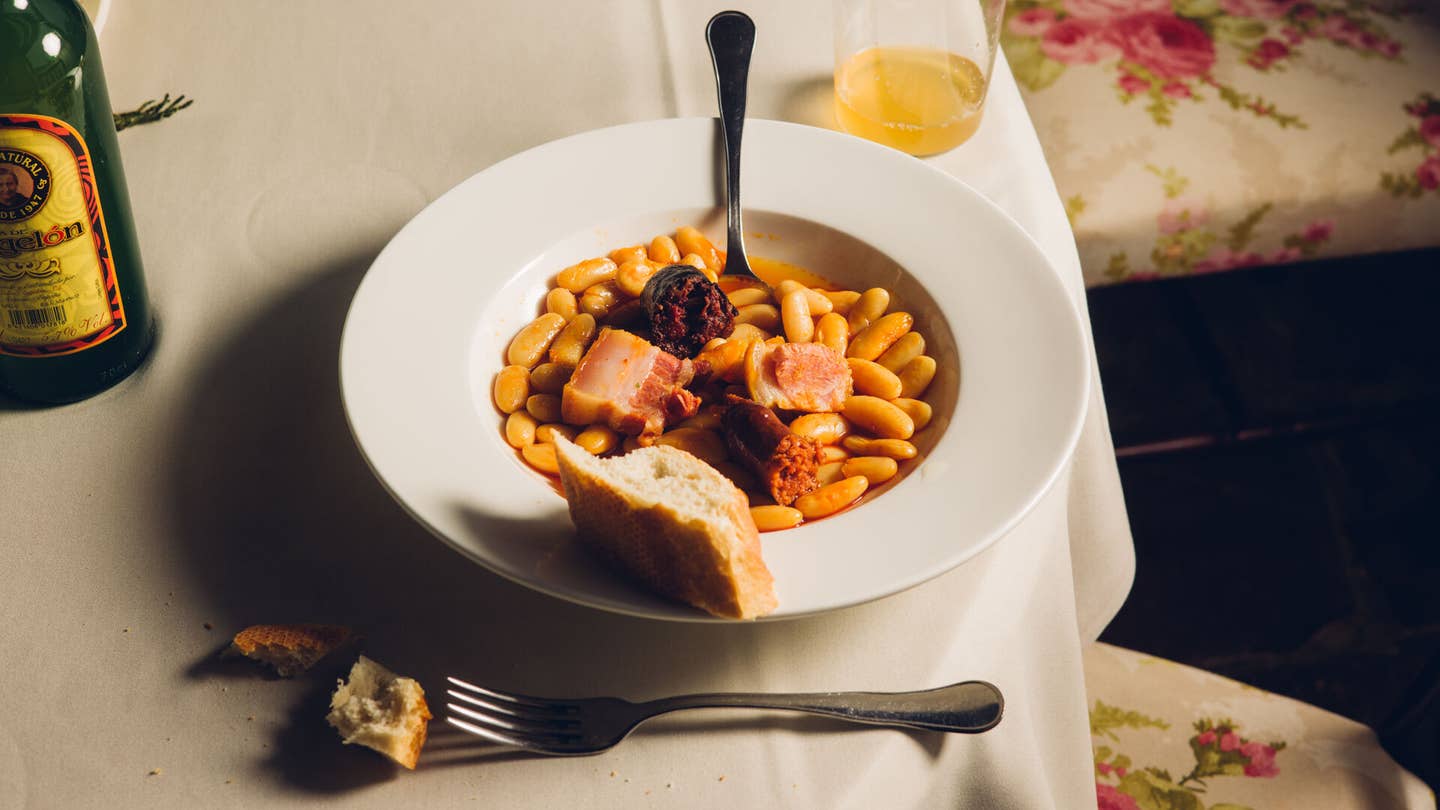Moving Past Pierogi: The New Face of Polish Cuisine
With classics like hunter’s stew and stuffed cabbage on the outs, what’s next for Poland’s food scene?
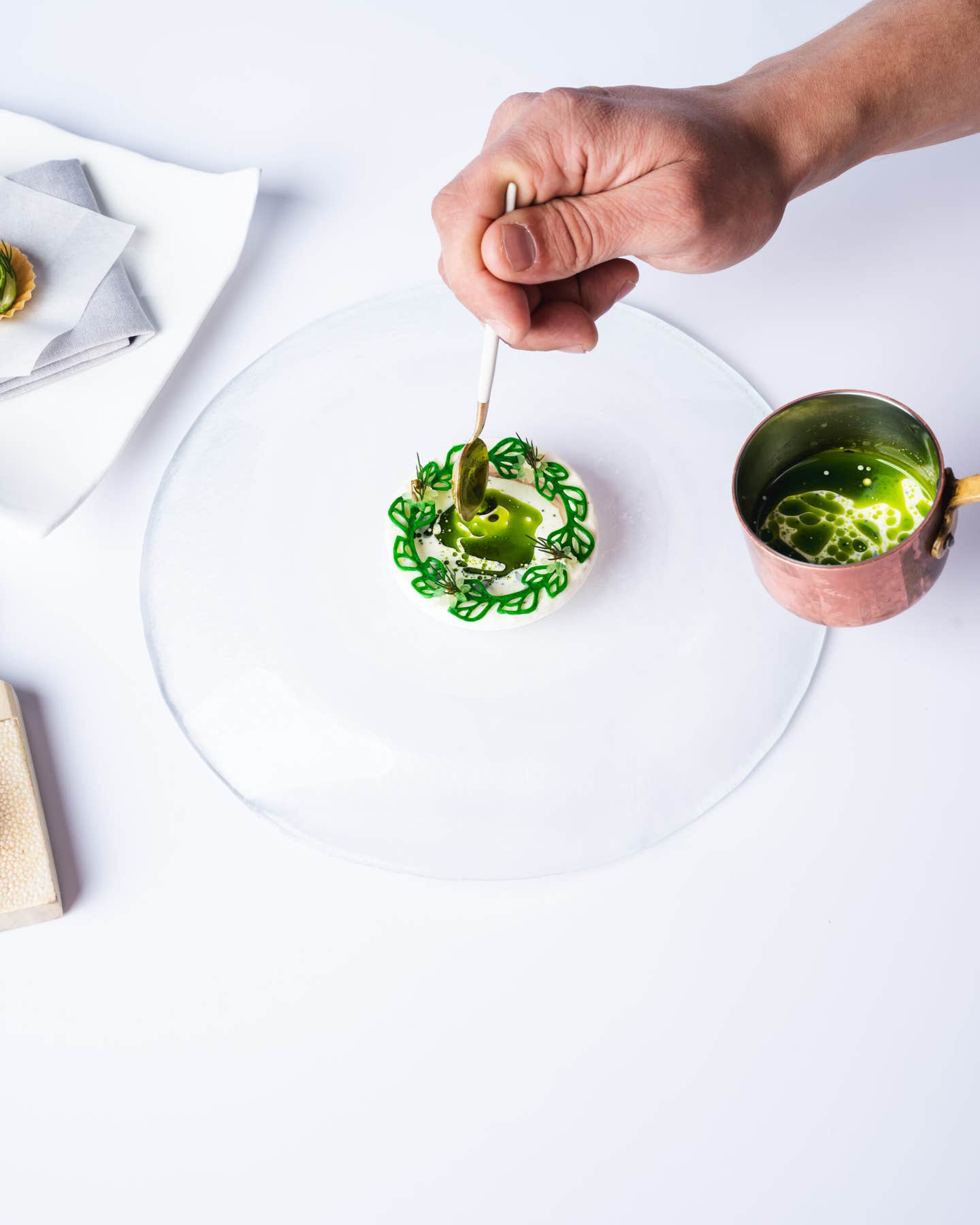
When someone says “Polish food,” what dishes come to mind? If you’ve conjured up images of hearty gołąbki, kiełbasa, and bigos, you’re not alone—as proven by one look at the 71,000-strong Facebook group I Love My Polish Heritage. But back in Poland, people’s eating habits are changing rapidly, and today those traditional dishes are more the exception than the rule.
“Polish people don’t eat pierogi with farmer’s cheese and potatoes, or cabbage rolls, or schabowy much anymore. These dishes do appear on our plates but don’t dominate our diets,” says Michał Korkosz, author of Fresh from Poland: New Vegetarian Cooking from the Old Country, and Polish’d: Modern Vegetarian Cooking from Global Poland. What’s more, meat-and-potatoes is certainly not what’s currently being served in Warsaw’s top restaurants, where a quiet revolution is taking place.
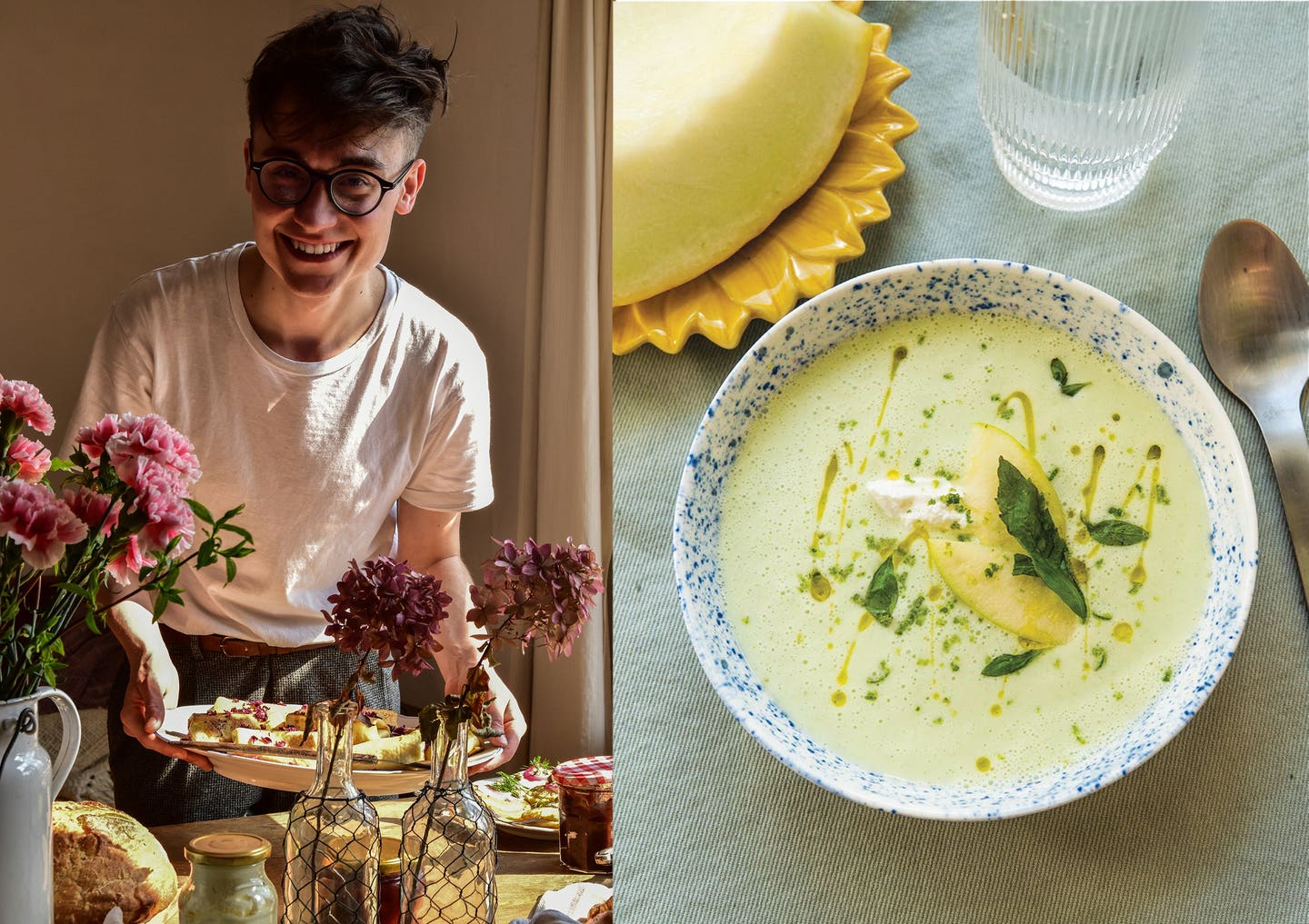
While the wealthy have always enjoyed fat-rich dishes in Poland, the cuisine got markedly stodgier for everyone during communism. “Communism had negative consequences for Polish cuisine. People lacked not just meat but even the most basic ingredients, including spices,” says Monika Milewska, a food anthropologist at the University of Gdańsk who wrote a book about Polish food culture under communism. “The authorities wanted to standardize recipes, which led to the diminishment of regional cuisines. Kuchnia Polska, (“The Polish Kitchen,” published in 1954), a popular cookbook at the time, also promoted fat-rich, heavy dishes.”
Jarosław Dumanowski, a food historian at Nicolaus Copernicus University in Toruń who is working on a docuseries on the history of Polish cuisine, says the gastronomy was historically characterised by spicy, sour, and umami flavors (from wild mushrooms and smoked meats or prunes); foraged ingredients (mushrooms, bilberries, herbs, and more); ancestral grains such as buckwheat, millet, and barley; and root vegetables like salsify that predate the arrival of potatoes in the 17th century. Fermenting and pickling were popular as well, because not only did it keep vegetables from being spoiled, it was also very much in line with the Polish people’s love of sour foods.
Duck mussels and freshwater fish including pike, lamprey, carp, and lake sturgeons were incredibly important in a country that took religious fasting seriously. “Fasting in Poland was much stricter than in Protestant and other Catholic countries,” Dumanowski says. During that time, the Church forbade not just eating meat but also animal-based products such as dairy and eggs, although fish was allowed. According to Dumanowski, many fasting dishes “resembled the vegan diet of today.”
Another aspect of Polish cuisine that most often gets ignored by people outside of Poland was that it was heavily influenced by food traditions from all over the world, including the Middle East. By the late Middle Ages, Polish people already had access to spices such as pepper, ginger, cloves, and saffron. “This was the case in all of Europe, but in Poland it just lasted longer,” Dumanowski says.
In the 16th century, Queen Bona Sforza introduced asparagus, carrots, and artichokes from her native Italy, hereto unknown in Poland, forever changing the way Polish people ate. The Italian roots are apparent in the Polish language: Whereas other European languages use words like tomato or tomate for “tomato,” the Polish term is pomidor, which harks back to the Italian “pomodoro.”
Culinary evolution came from within Poland as well via the country’s vibrant pre-war Jewish communities, whose dietary staples included pancakes, latkes and different kinds of noodles. “Jews had been living on Polish lands for thousands of years,” says Magdalena Maślak, culinary program curator at Warsaw’s Museum of the History of Polish Jews. “You can see that influence in both everyday food as well as in holiday dishes.” One example is jellied carp, also known as Jewish-style carp, which is typically served during Christmas Eve dinner and bears striking resemblance to gefilte fish.
But despite its many influences, Polish food has always been inextricably linked to the land and to the seasons. “We’re eating a lot of meat now, but this is because we’ve been overwhelmed by all the prosperity,” Korkosz says, especially of the older generations. Milewska provided more context: “Under communism, meat became political. Before WWII, peasants and laborers ate it only during the holidays, but the communist authorities promised to change that, so appetites for meat grew. By 1956 there were regular social protests over the lack of meat, which led to the fall of several communist governments.” Meat had such social cachet that there was even a black market for it. “No wonder the older generation is still attached to it, despite the abundance of other products,” says Milewska.
After the transition from communism to capitalism, Polish people had a much wider choice of different foods, most notably at supermarket chains such as Géant, which began popping up all over the country. By the mid-’90s, people started to cook less and eat out more. You could hear older people complain that “lunch used to be a bread roll and kefir, but now it’s a kebab.” Around that time, my father got a gig reviewing restaurants for a Polish daily, and there were plenty of non-Polish spots to talk about including English steakhouses, pizza parlors, and Indian eateries. When I turned 18 and voted for the first time, we celebrated with Chinese food.
These days, Polish chefs and home cooks are not just going out for international food—they’re weaving it into Polish recipes and vice versa, and in turn, are giving the national cuisine a modern twist.
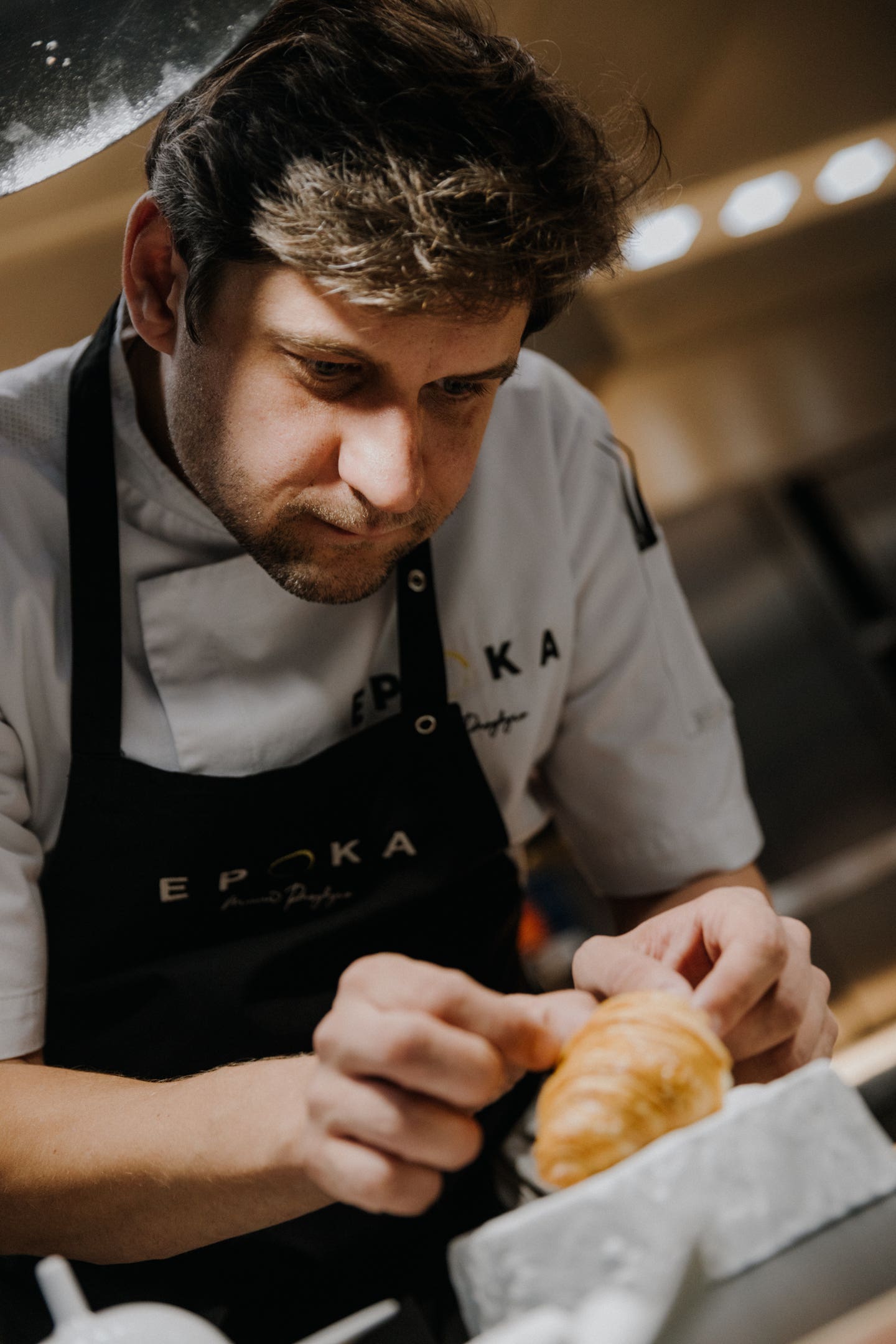
“Poland is going through the same culinary transformation as Scandinavia did in the late 1990s and early aughts with Nordic Cuisine, and it’s beginning to spread all over the country,” says Marcin Przybysz, winner of “Polish Top Chef” and chef at Epoka, a buzzy Warsaw restaurant that gets its inspiration from old Polish recipes. The old-meets-new fusion trend is apparent in the many “New Polish” cookbooks published in both Polish and English, and in the increasing number of restaurants serving dishes like traditional Polish potato dumplings paired with a gorgonzola or camembert sauce (a fan favorite at The Eatery in Warsaw). In Polish’d, Korkosz suggests adding miso paste to żurek (a soup typically served for Easter that uses fermented rye flour) or substituting cream cheese for twaróg (farmer’s cheese) in a Basque cheesecake.
In Poland, “we have a knack for experimentation and changing up what we eat. There’s a bit of fusion in all of us,” Korkosz says. “If I’m talking to someone and they tell me they have dill pickles with hummus for breakfast every day, then this is new Polish cooking.”
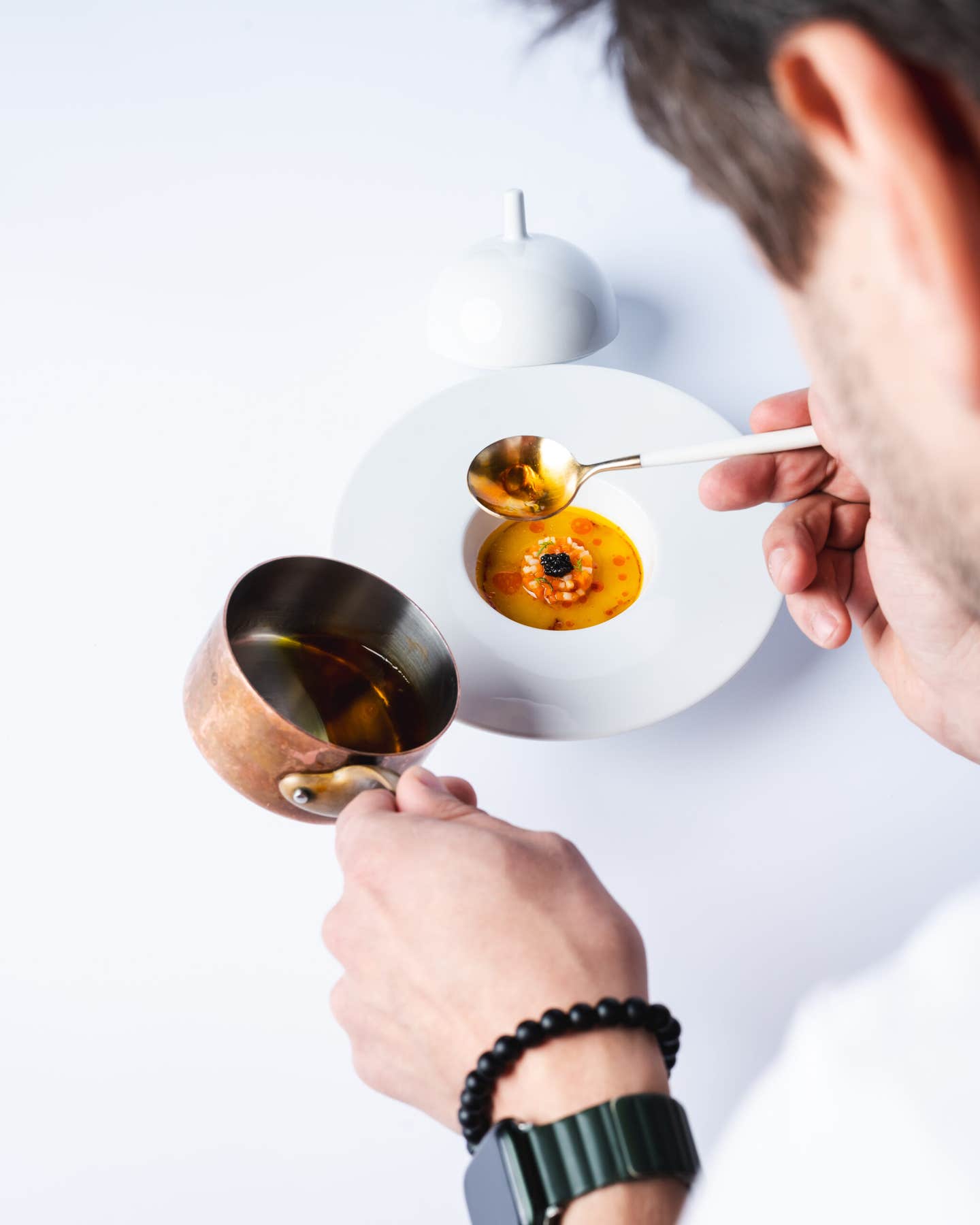
Traditional dishes such as pierogi still have their place in Polish cooking, of course, although the fillings now include feta or goat cheese alongside the more traditional twaróg.
Sometimes, moving forward means taking a step back, and in Poland, that means looking back not only at our own traditions, but also the global influences that have left their mark on our food culture. “We’re going back to our roots,” Korkosz says. “We have come full circle.”
Keep Reading
Continue to Next Story
